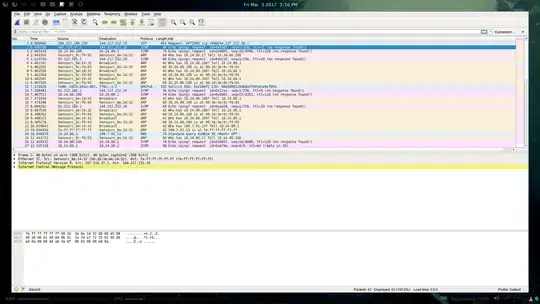We're running Hyper-V 2019 on a 2 node cluster. We have 2 VMs in the Failover Cluster which are clustered together to run a server. This service requires a shared disk. The shared disk is located in a CSV on the Hyper-V Cluster.
We recently stopped one of the VMs, but when we try to restart it we get an error
The process cannot access the file because it is being used by another process.
When we try to inspect the disk on the other VM that is still running (and hosting the drive), we get the same error.
